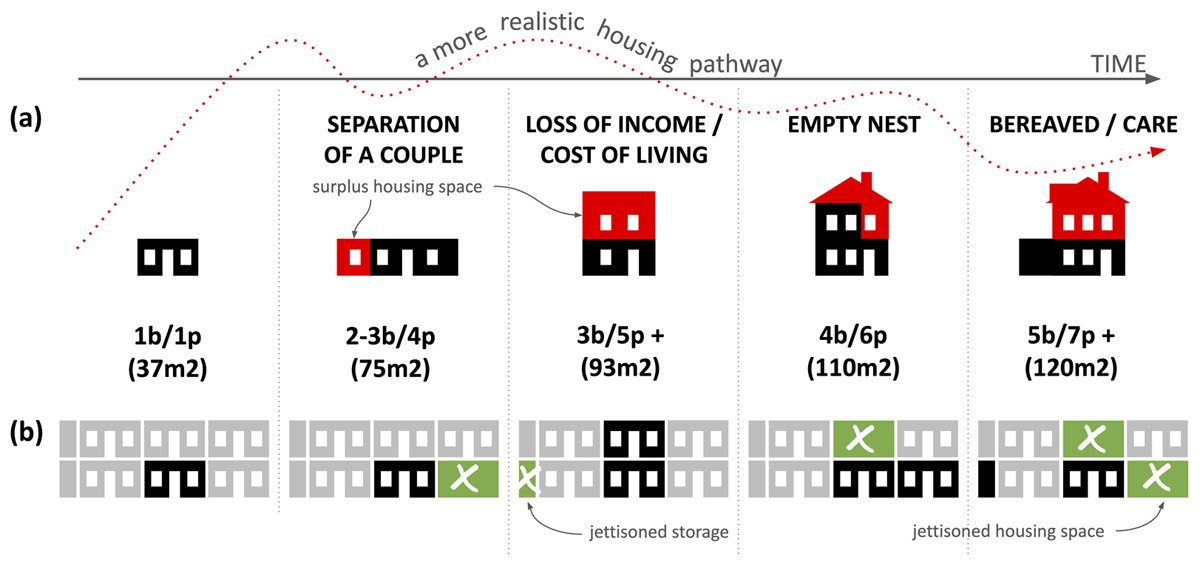

This comprehensive academic paper titled "Beyond collective property: a typology of collaborative housing in Europe" was published in September 2022 in the International Journal of Housing Policy. The authors, Emma Jo Griffith, Mirte Jepma, and Federico Savini, affiliated with the University of Amsterdam, undertook an extensive analysis of 100 collaborative housing cases across six European countries: Switzerland, Italy, Spain, Austria, the Netherlands, and Germany.
🌍 Research Context
The study was initiated to explore the diversity of collaborative housing forms that extend beyond conventional private or public tenure models. The researchers employed various methodologies, including content analysis of project websites and social media platforms, interviews with ten experts, and a detailed case study of the 4Stelle Hotel in Rome.
📊 Key Findings
The research established a typology framework based on three core dimensions for analyzing collaborative housing: architecture, institutional setup, and organization.
- Architectural Patterns: The projects analyzed vary significantly in size, with some housing fewer than ten members and others exceeding one hundred residents. Two primary sharing regimes were identified: (1) sharing only extra spaces such as gardens and parking, and (2) sharing both functional and essential spaces like kitchens and laundry facilities.
- Institutional Arrangements: The legal status of these housing projects can either be formally recognized or operate under a trans-legal status. Property rights may be either dispersed across multiple entities or concentrated within a single group. Management styles range from self-managed to professionally managed setups.
- Organizational Values: The study identified five main value orientations guiding collaborative housing initiatives: eco-communitarian, intergenerational, identity-based, affordability-focused, and service provision.
🏡 Significance
This research presents the first comprehensive typology for comparing collaborative housing projects across different European contexts. It challenges simplistic assumptions regarding collaborative housing, showing that successful projects can exist at varying scales and with diverse combinations of features. The typology serves as a valuable tool for researchers and policymakers aiming to understand and analyze the complexities of collaborative housing initiatives.
In conclusion, the study reveals that collaborative housing in Europe is more diverse and intricate than previously acknowledged, providing a foundation for more nuanced international comparative research in this evolving field of sustainable housing.